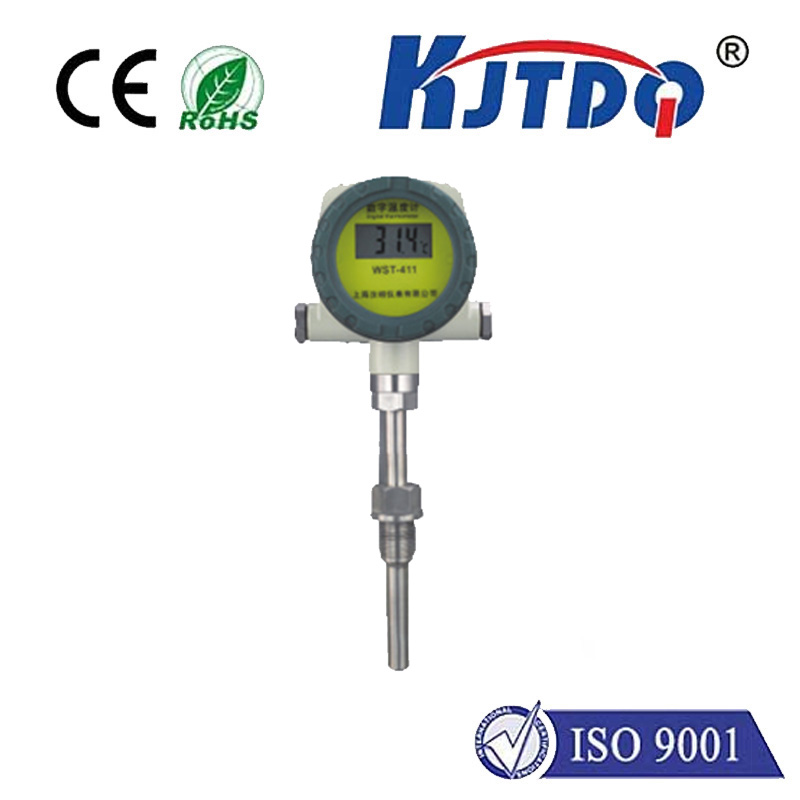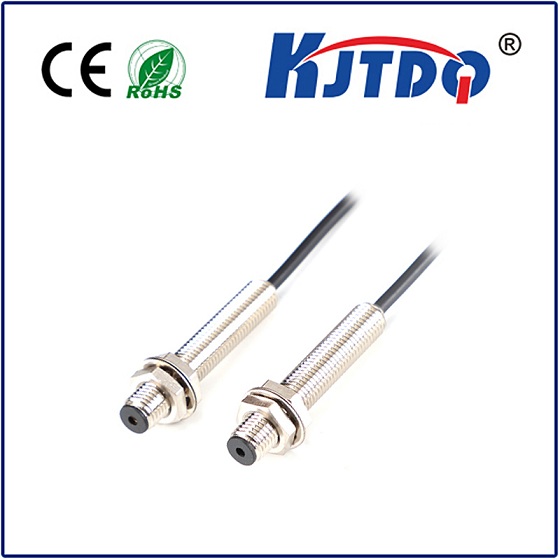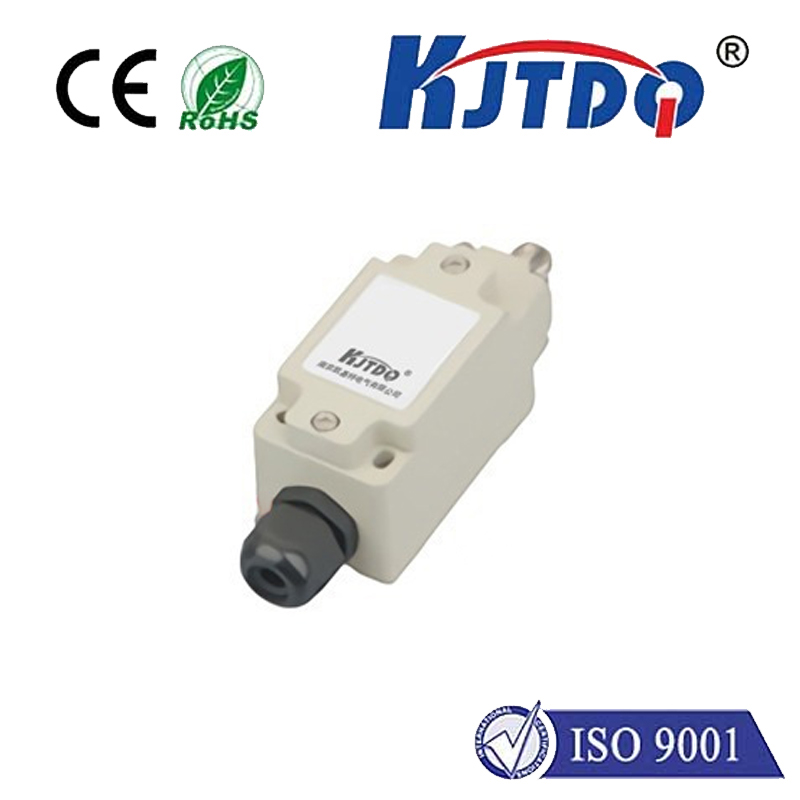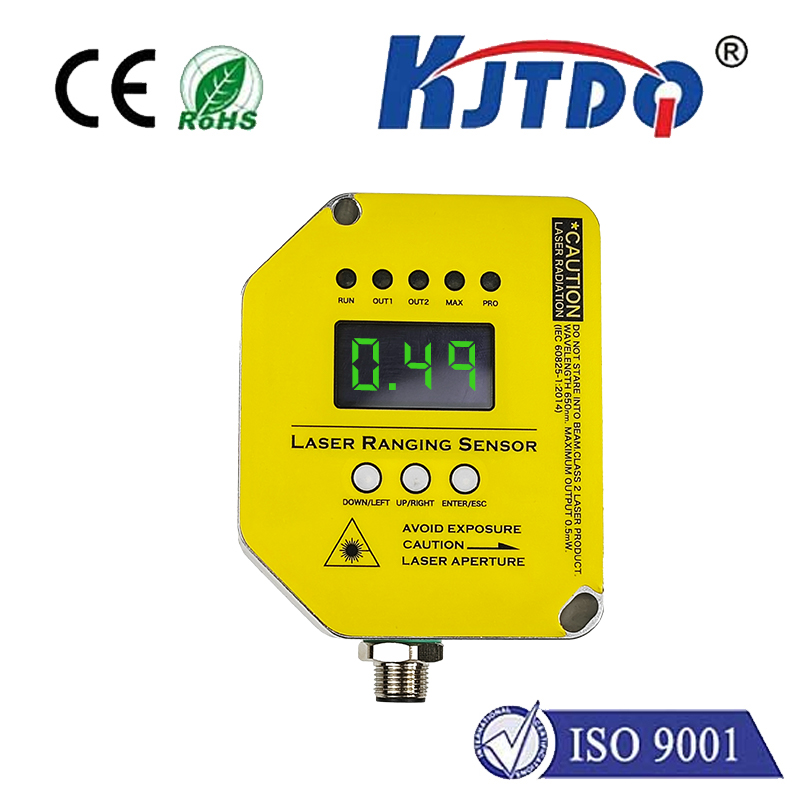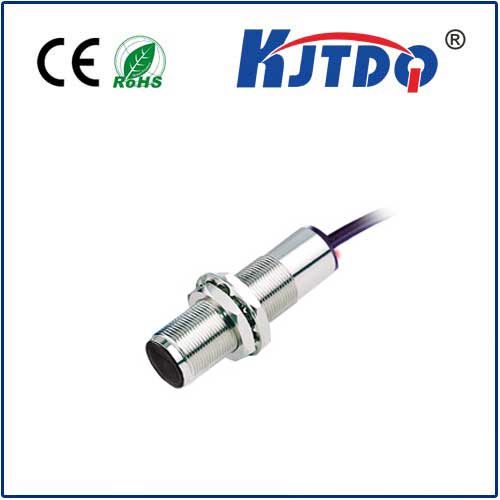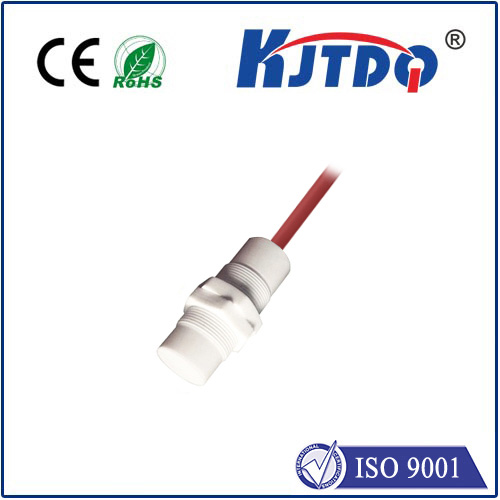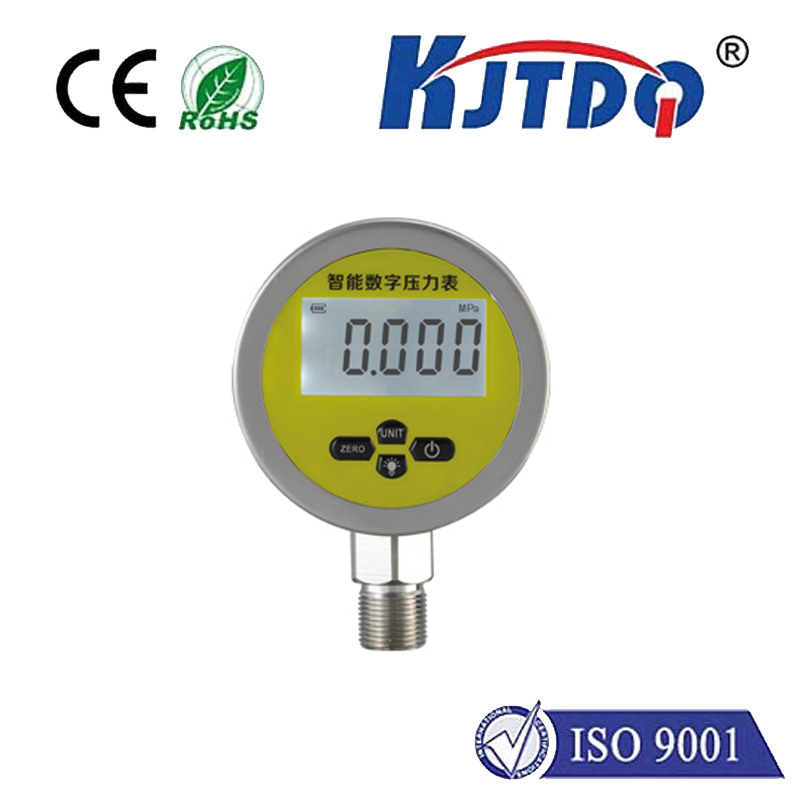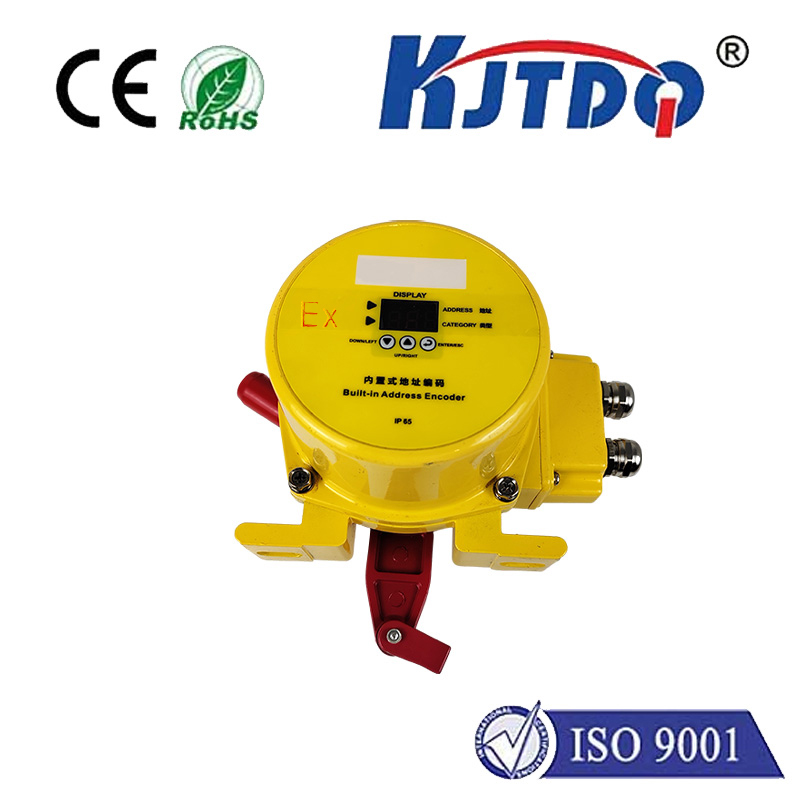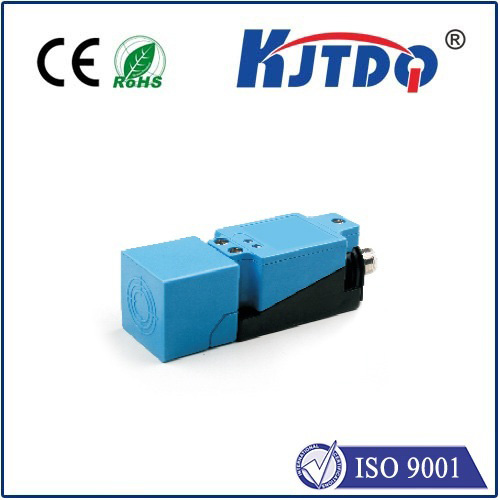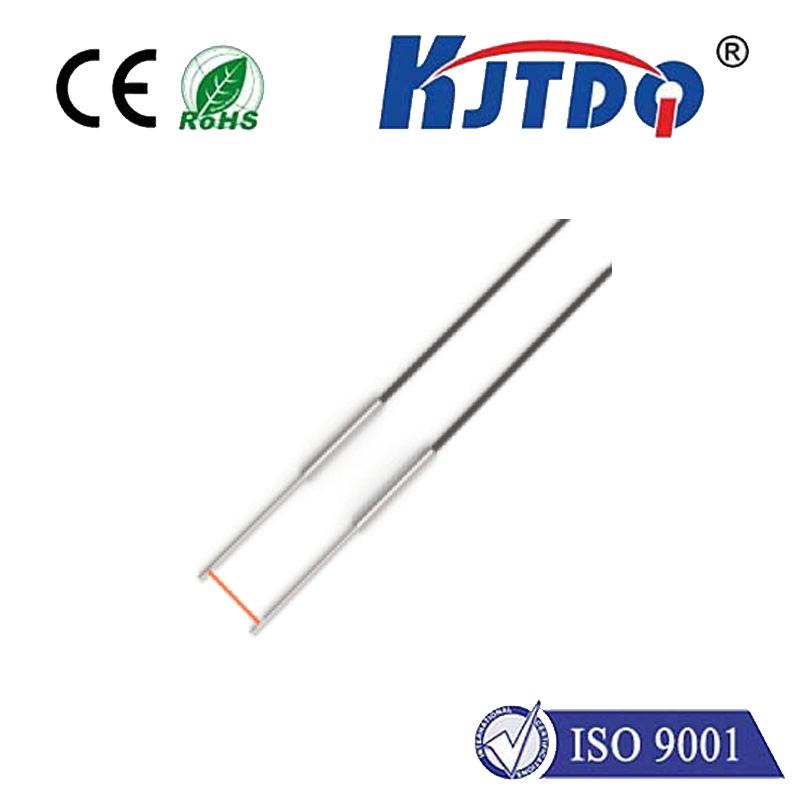Unlocking the Power of Laser Energy Detectors: A Comprehensive Guide In the ever-evolving world of technology, the ability to measure and harness energy with precision has become a cornerstone of innovation. Among the myriad tools available, laser energy detectors stand out as a pivotal instrument in fields ranging from scientific research to industrial applications. These devices, designed to measure the energy output of laser beams, are not just tools but gateways to understanding and manipulating light in ways that were once thought impossible. This article delves into the intricacies of laser energy detectors, exploring their functionality, applications, and the transformative impact they have on various industries.
At their core, laser energy detectors are devices that measure the energy of laser pulses or continuous beams. They are essential in environments where precise energy measurement is crucial, such as in laser manufacturing, medical procedures, and scientific experiments. The principle behind these detectors is relatively straightforward: they convert the energy of the laser light into an electrical signal, which can then be measured and analyzed. The accuracy and sensitivity of these detectors are paramount. High-quality detectors can measure energy levels with remarkable precision, often down to the microjoule level. This precision is achieved through advanced materials and sophisticated electronics that ensure minimal energy loss and maximum detection efficiency.
There are several types of laser energy detectors, each tailored to specific applications:
Thermopile Detectors: These detectors measure energy by converting it into heat, which is then measured using a thermopile. They are known for their broad spectral range and high sensitivity, making them ideal for applications where a wide range of wavelengths needs to be measured.
Pyroelectric Detectors: These detectors use pyroelectric materials that generate a voltage when exposed to changes in temperature. They are particularly effective for measuring pulsed lasers due to their fast response times.

Photodiode Detectors: These detectors convert light directly into electrical current. They are highly sensitive and can measure very low energy levels, making them suitable for low-power laser applications.
Calorimeters: These are the most accurate type of laser energy detectors, measuring energy by absorbing it and measuring the resulting temperature rise. They are often used in high-energy laser applications where precision is critical.
The versatility of laser energy detectors is evident in their wide range of applications:
Scientific Research: In laboratories, these detectors are used to measure the energy of laser beams in experiments ranging from quantum physics to material science. Their precision allows researchers to gather accurate data, which is crucial for validating theoretical models.
Здравоохранение: In medical procedures such as laser surgery and photodynamic therapy, precise energy measurement is essential to ensure patient safety and treatment efficacy. Laser energy detectors help in calibrating the equipment to deliver the exact amount of energy required.
Industrial Manufacturing: In industries that use lasers for cutting, welding, and engraving, maintaining the correct energy levels is vital for product quality. Detectors ensure that the laser output remains consistent, reducing the risk of defects.
Defense and Security: Laser energy detectors are also used in laser rangefinders and targeting systems. They help in measuring the energy of laser beams used in these systems, ensuring their accuracy and reliability.
Recent advancements have significantly enhanced the capabilities of laser energy detectors. One notable development is the integration of nanotechnology, which has led to the creation of detectors with unprecedented sensitivity and accuracy. Additionally, the use of artificial intelligence in data analysis has improved the speed and reliability of energy measurements. Another significant advancement is the development of portable laser energy detectors. These compact devices are designed for field use, allowing for on-the-spot energy measurements in remote locations. This innovation has opened up new possibilities for applications in environmental monitoring and field research.
Selecting the appropriate laser energy detector depends on several factors, including the type of laser being measured, the energy range, and the required accuracy. For high-energy lasers, calorimeters are often the best choice due to their precision. For pulsed lasers, pyroelectric detectors are preferred because of their fast response times. In applications where a broad spectral range is needed, thermopile detectors are ideal. It is also essential to consider the environmental conditions in which the detector will be used. Some detectors are designed to operate in harsh environments, such as high temperatures or high humidity, while others are more suited to controlled laboratory settings.
As technology continues to advance, the role of laser energy detectors is expected to expand. Emerging fields such as quantum computing and advanced photonics will likely demand even more precise energy measurement tools. Additionally, the integration of IoT (Internet of Things) technology into laser energy detectors could enable real-time monitoring and data sharing, further enhancing their utility. In conclusion, laser energy detectors are indispensable tools in the modern technological landscape. Their ability to measure laser energy with precision has profound implications across various industries, driving innovation and ensuring the safety and efficacy of laser-based applications. As technology evolves, so too will the capabilities of these remarkable devices, unlocking new possibilities and pushing the boundaries of what is achievable with light.
